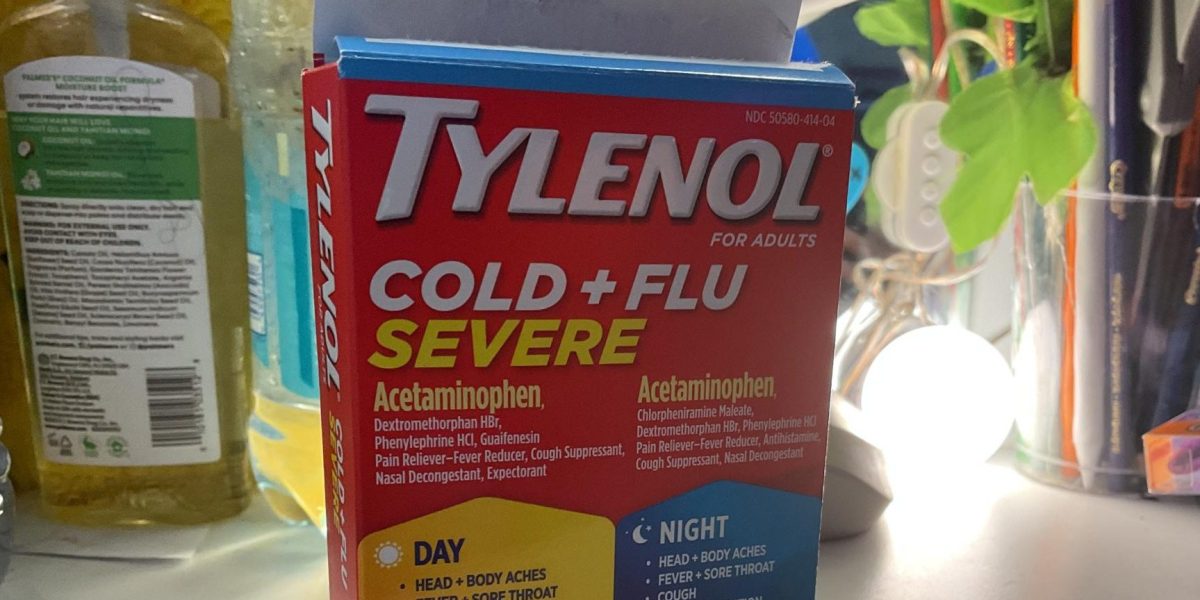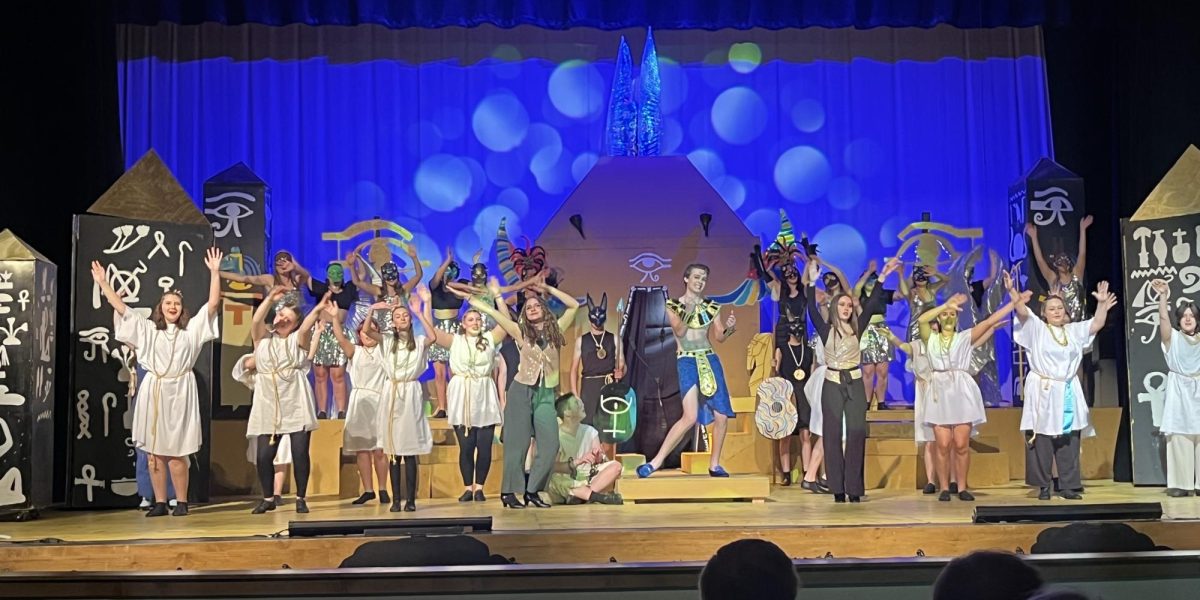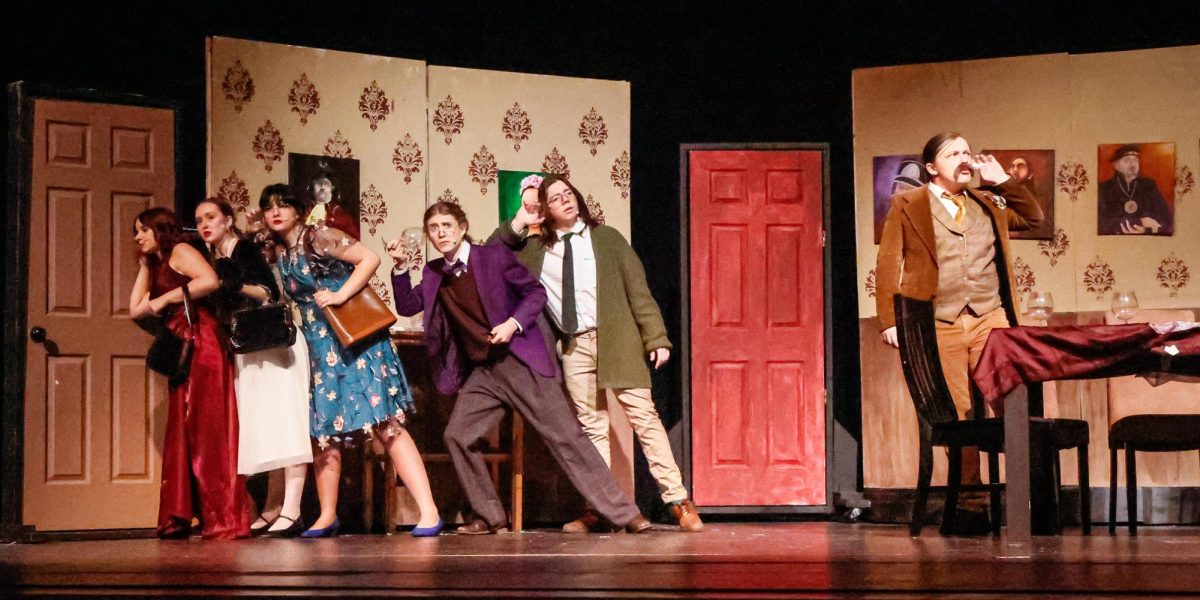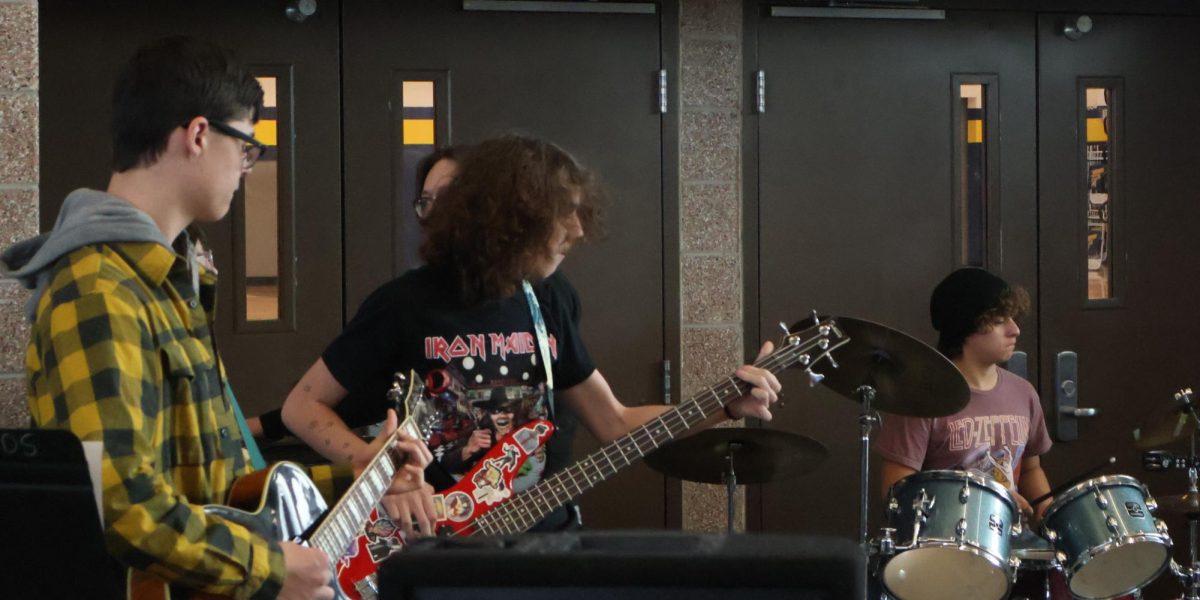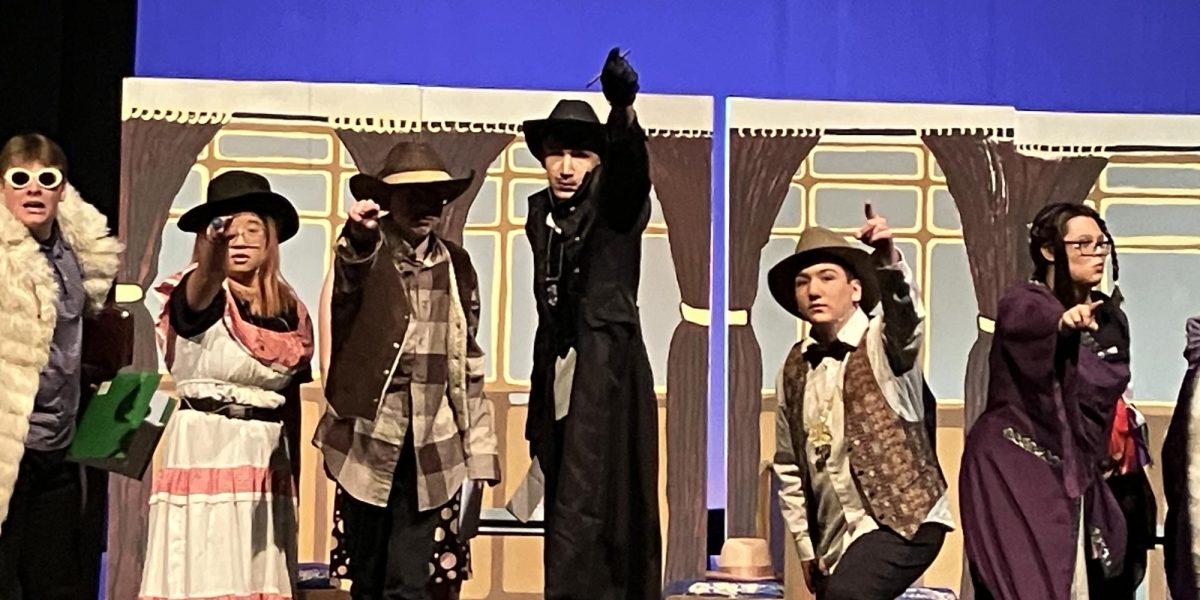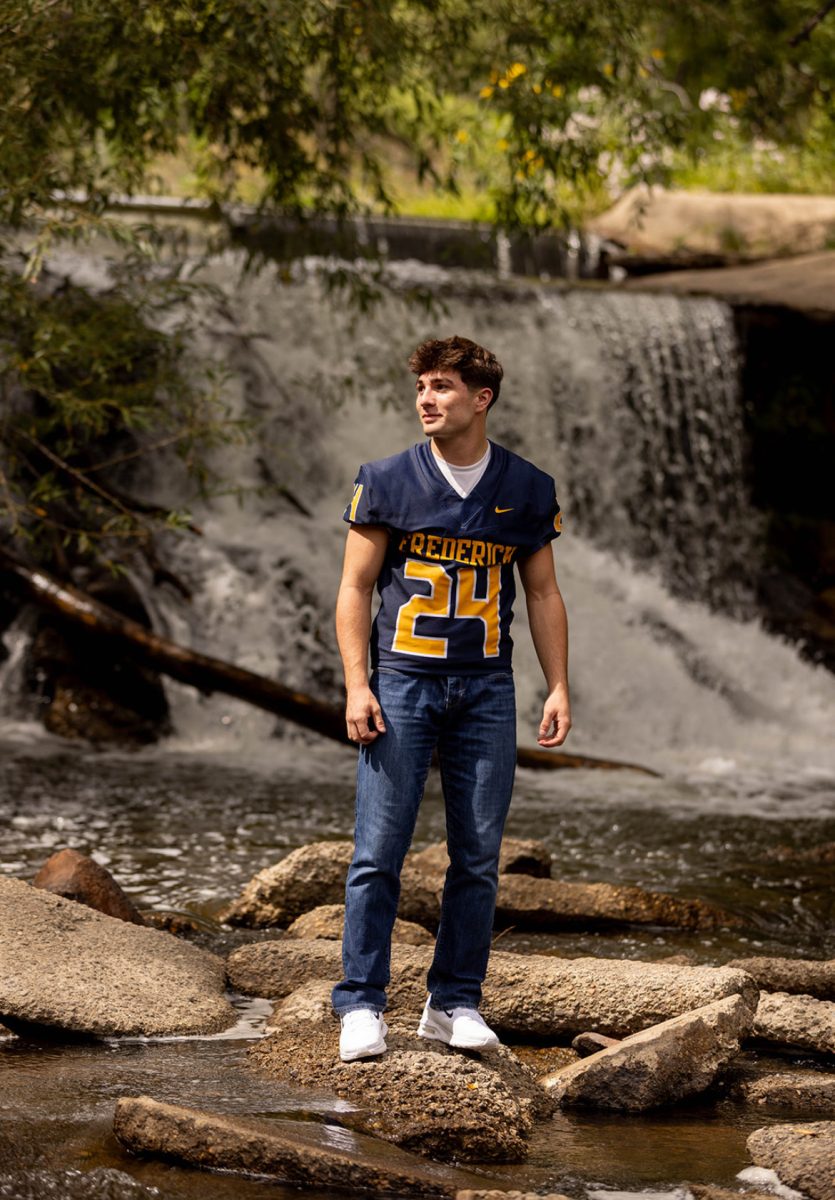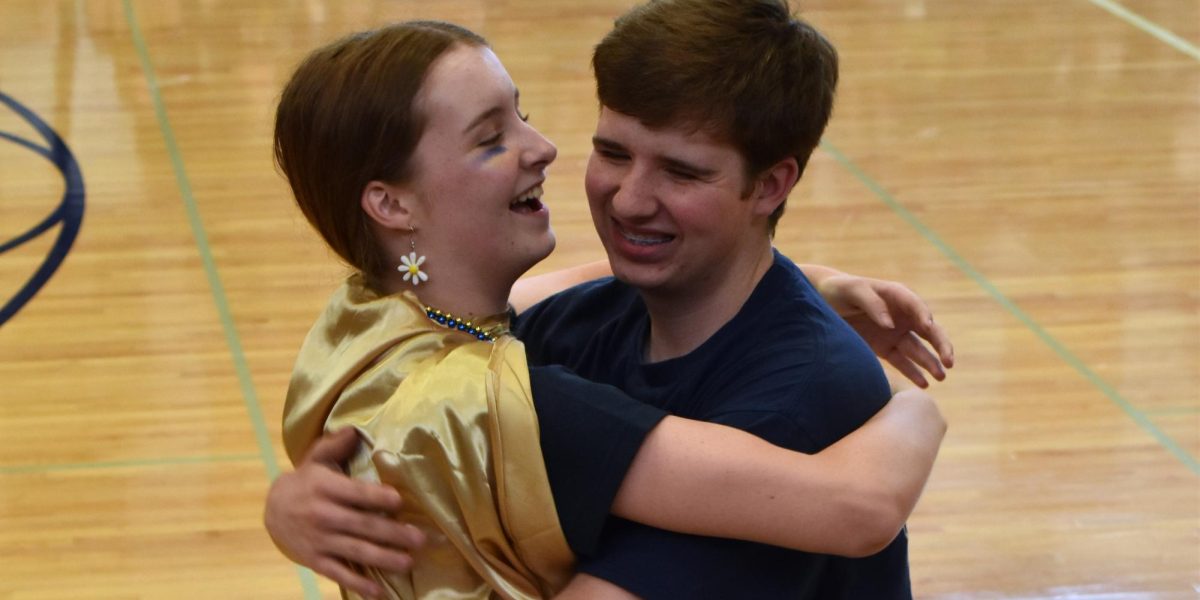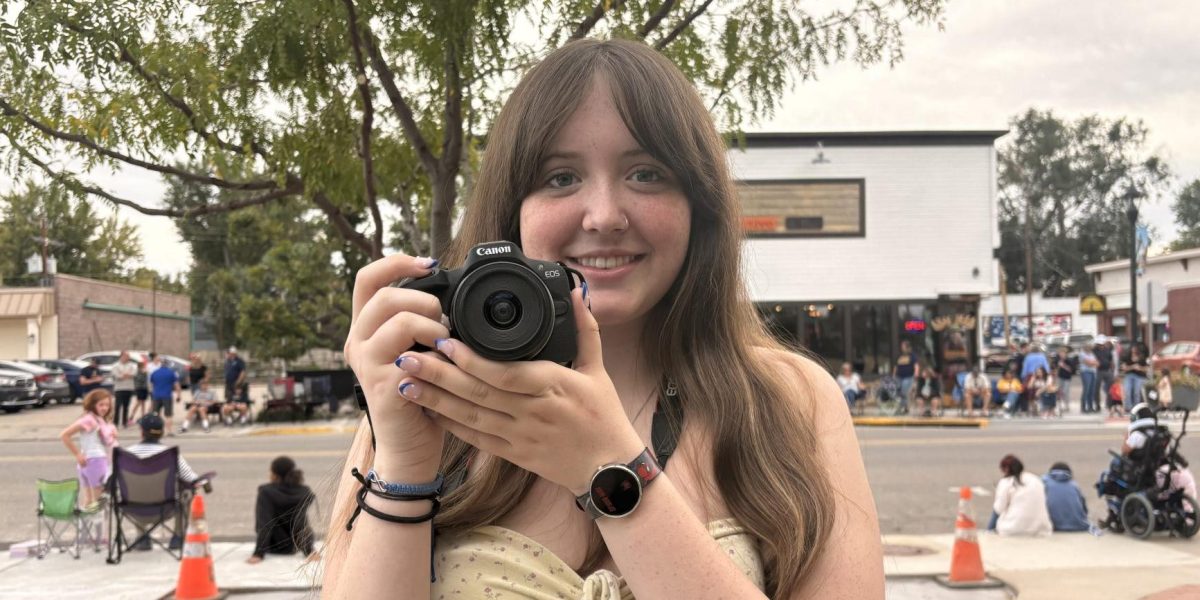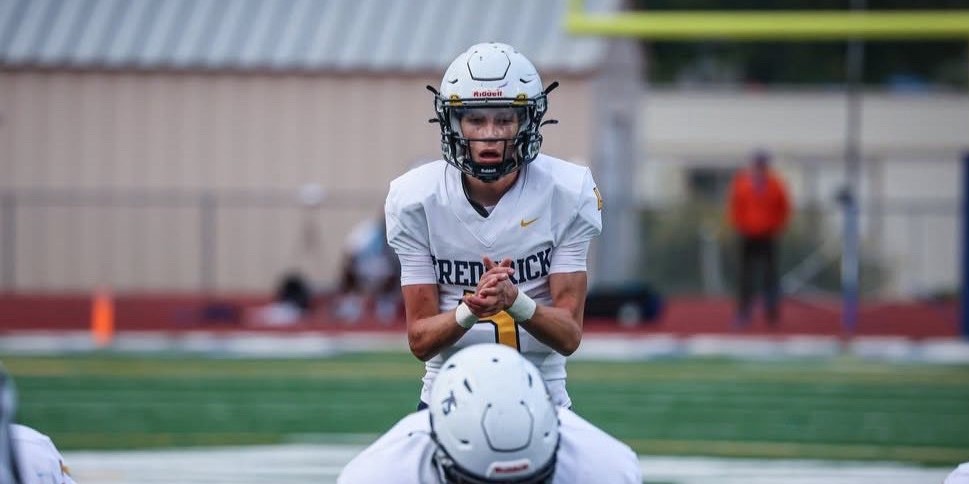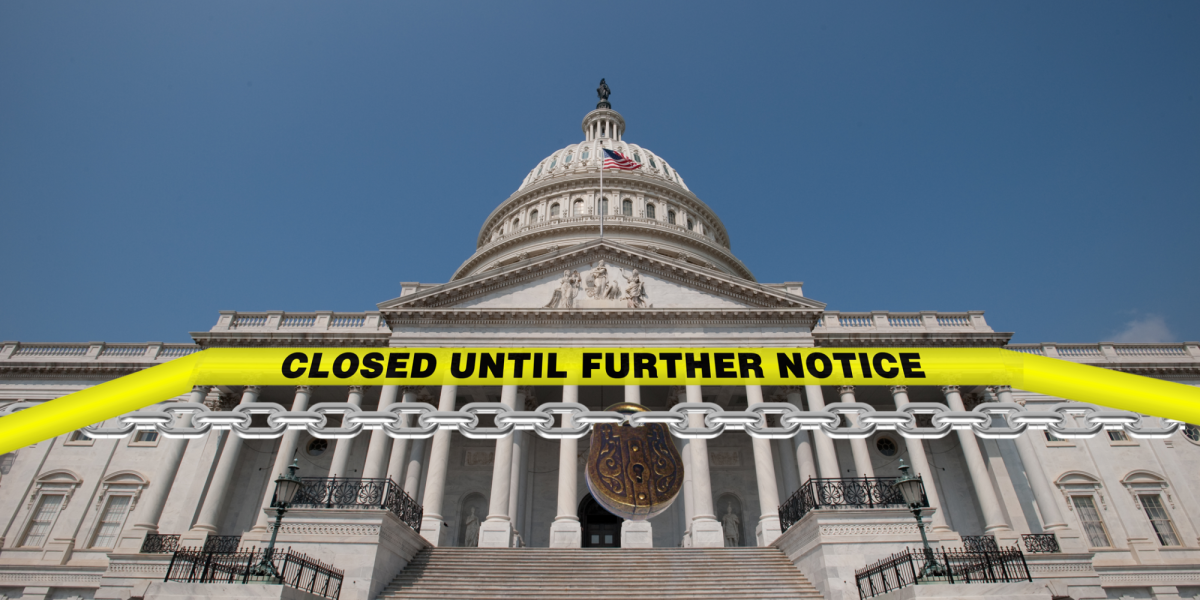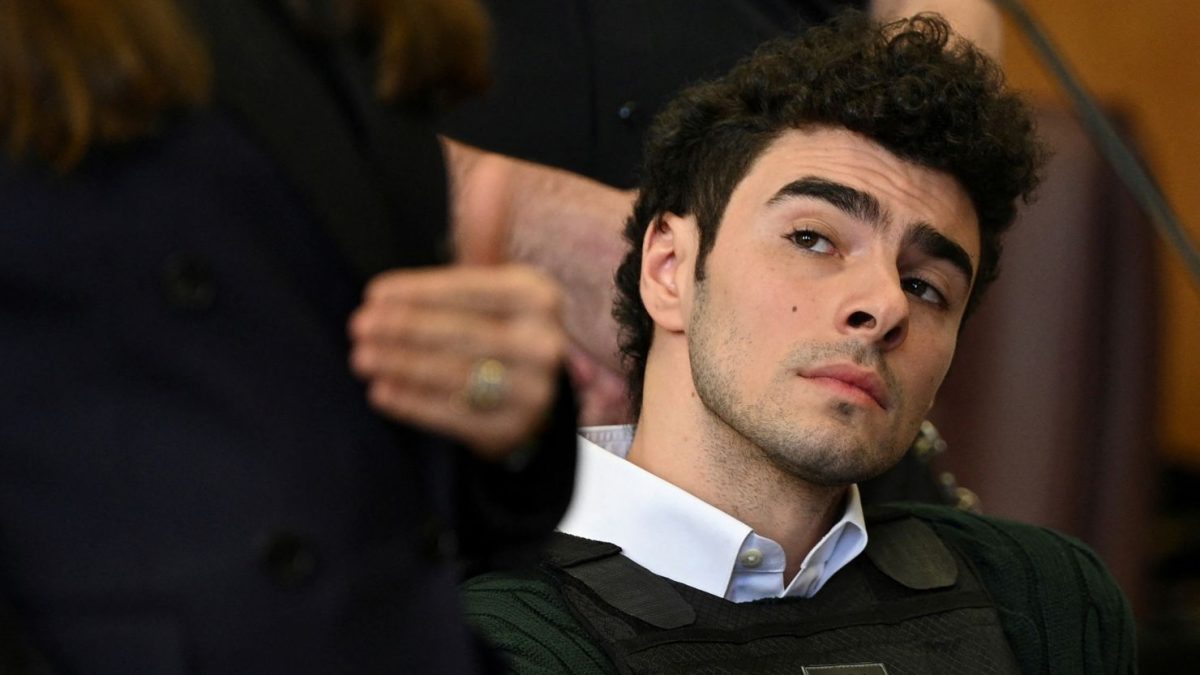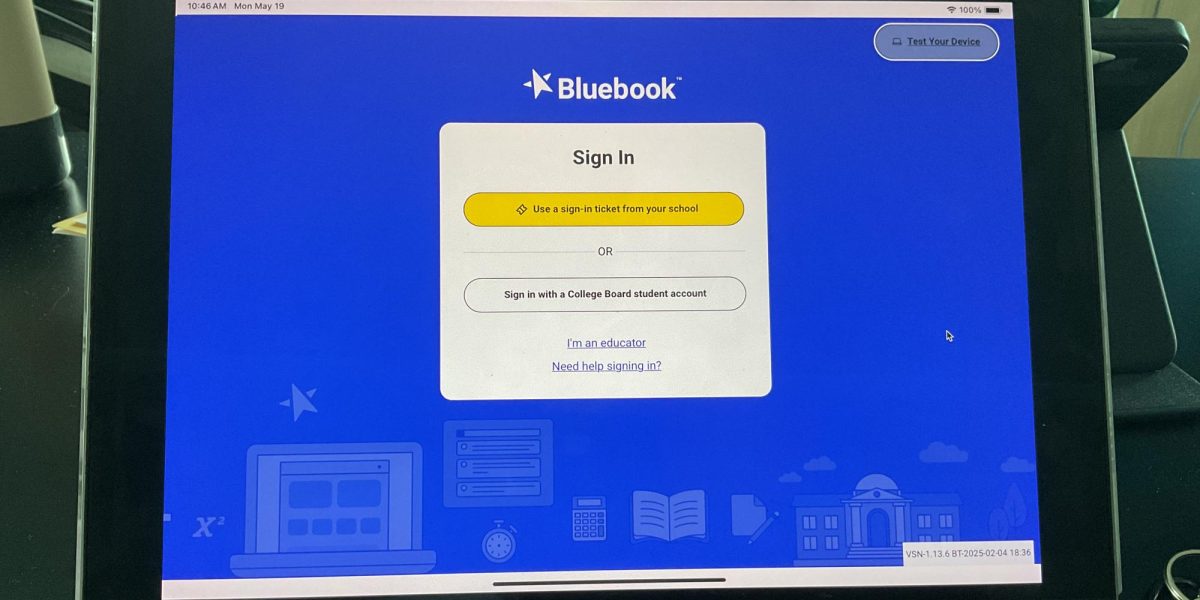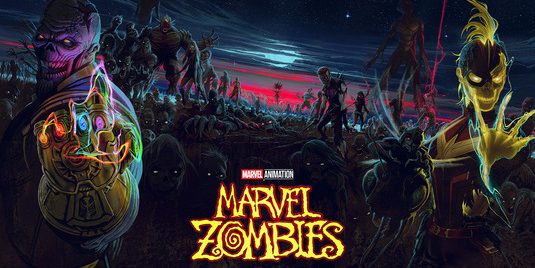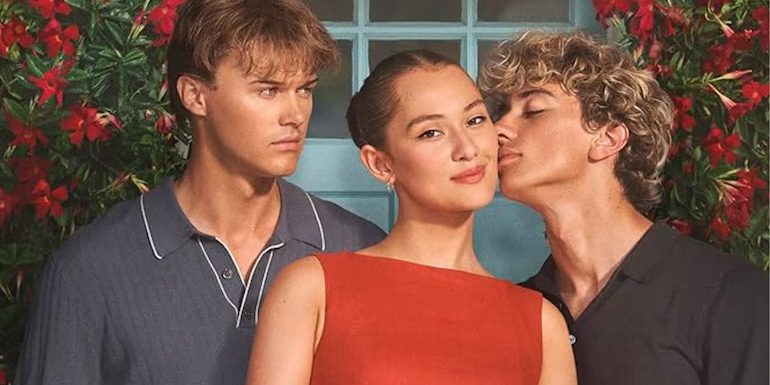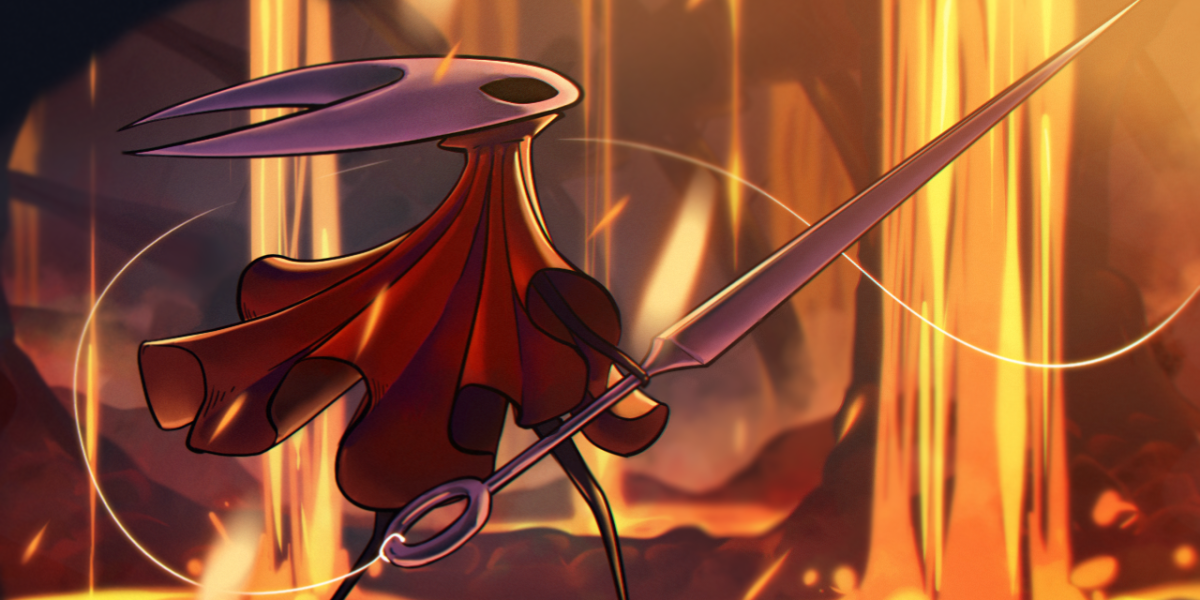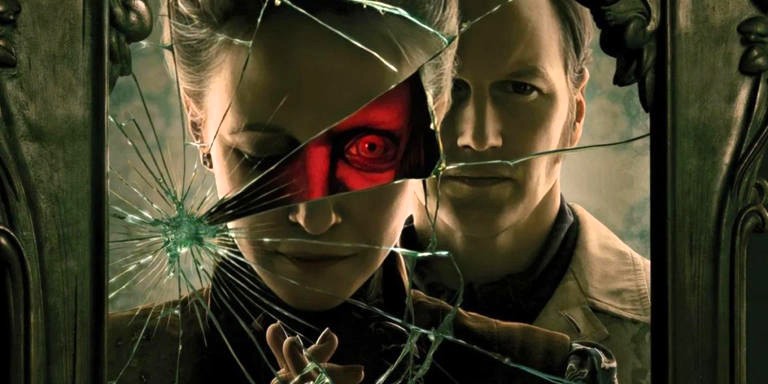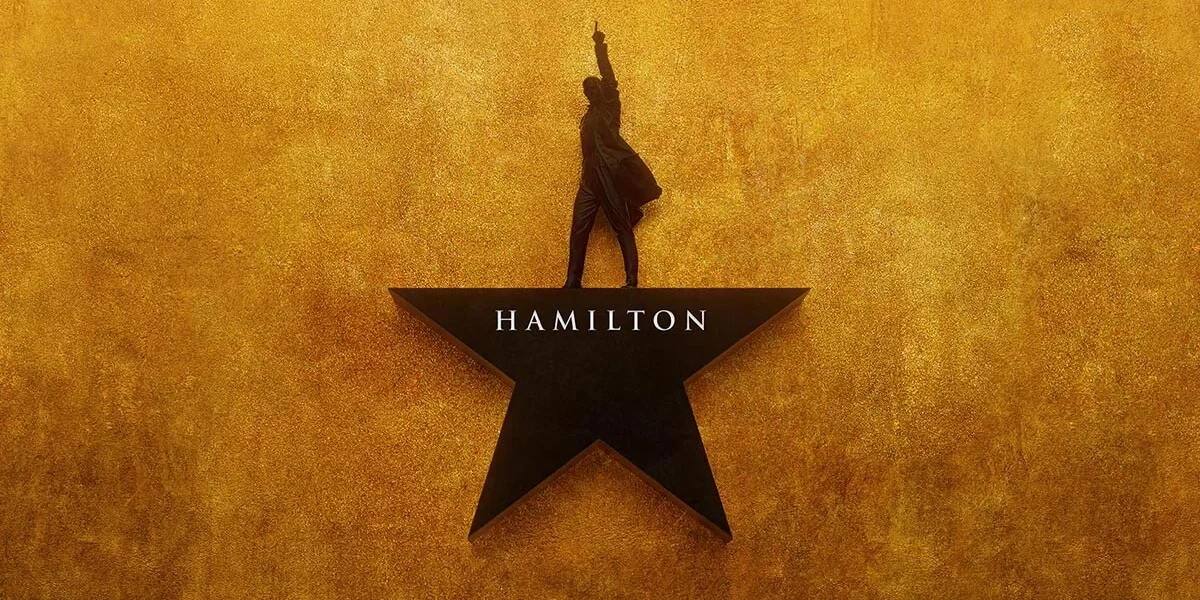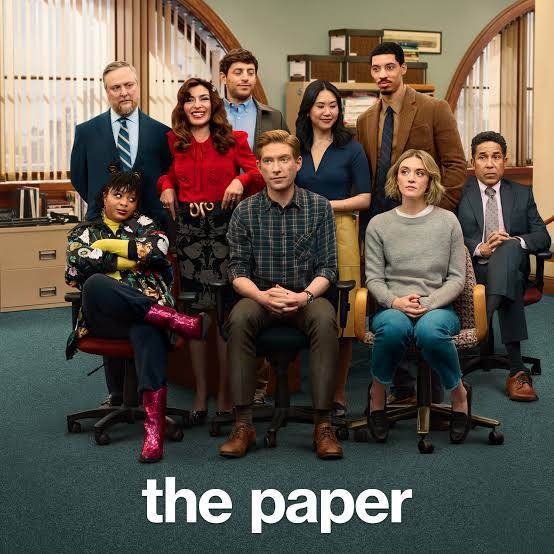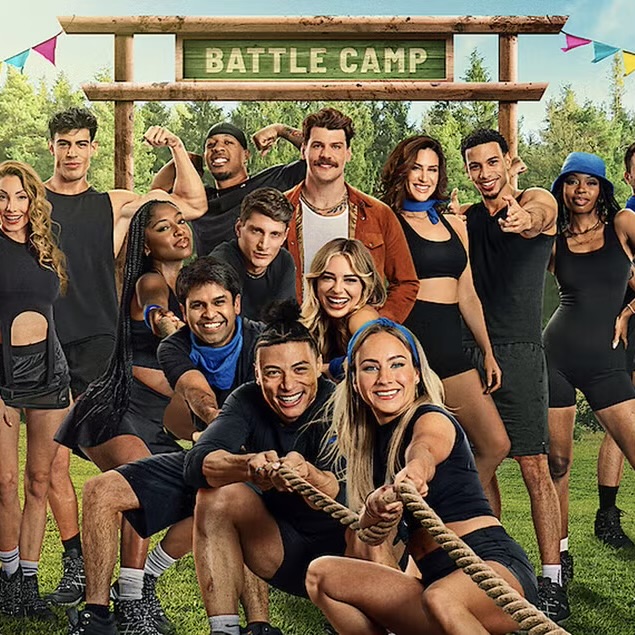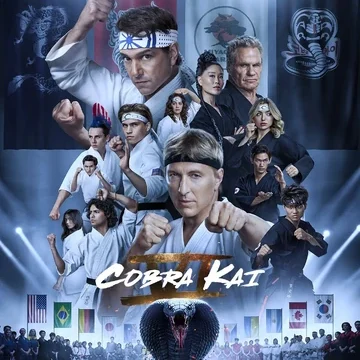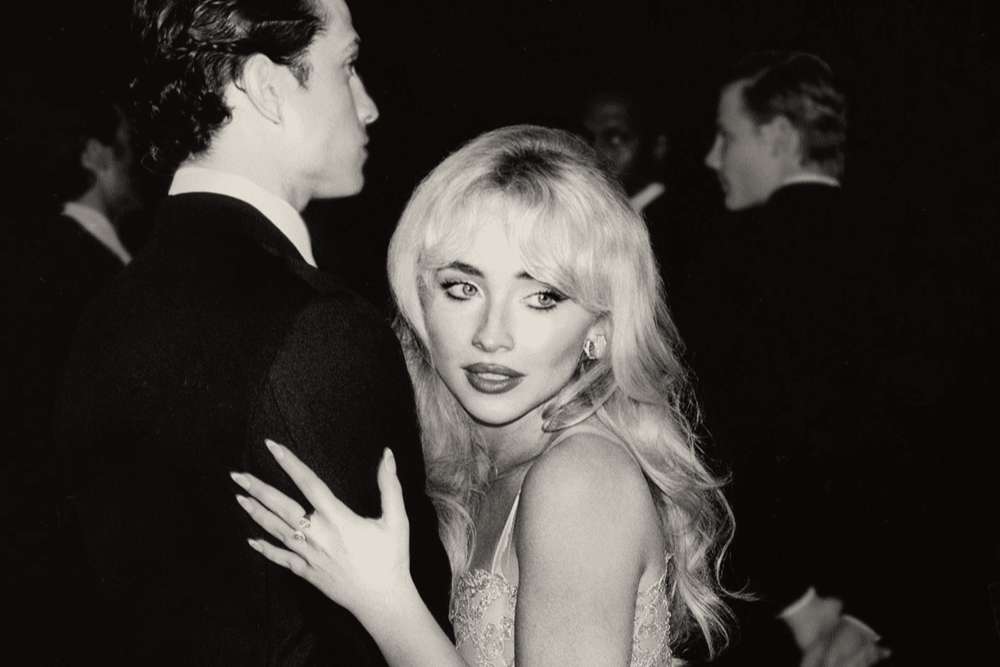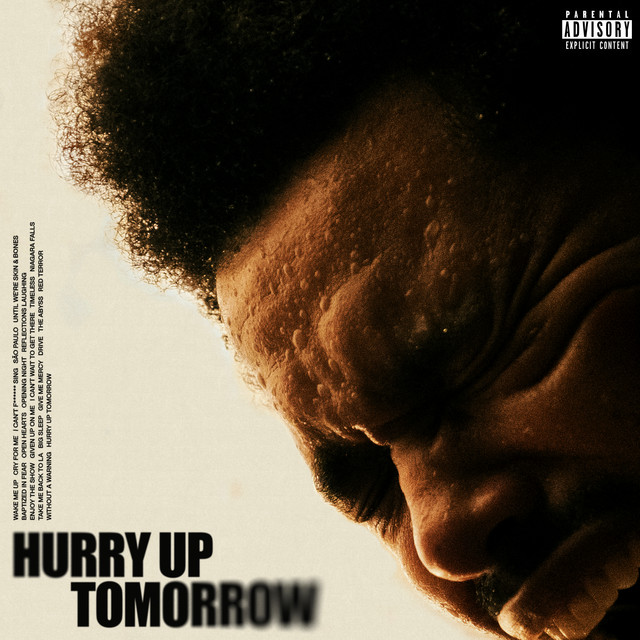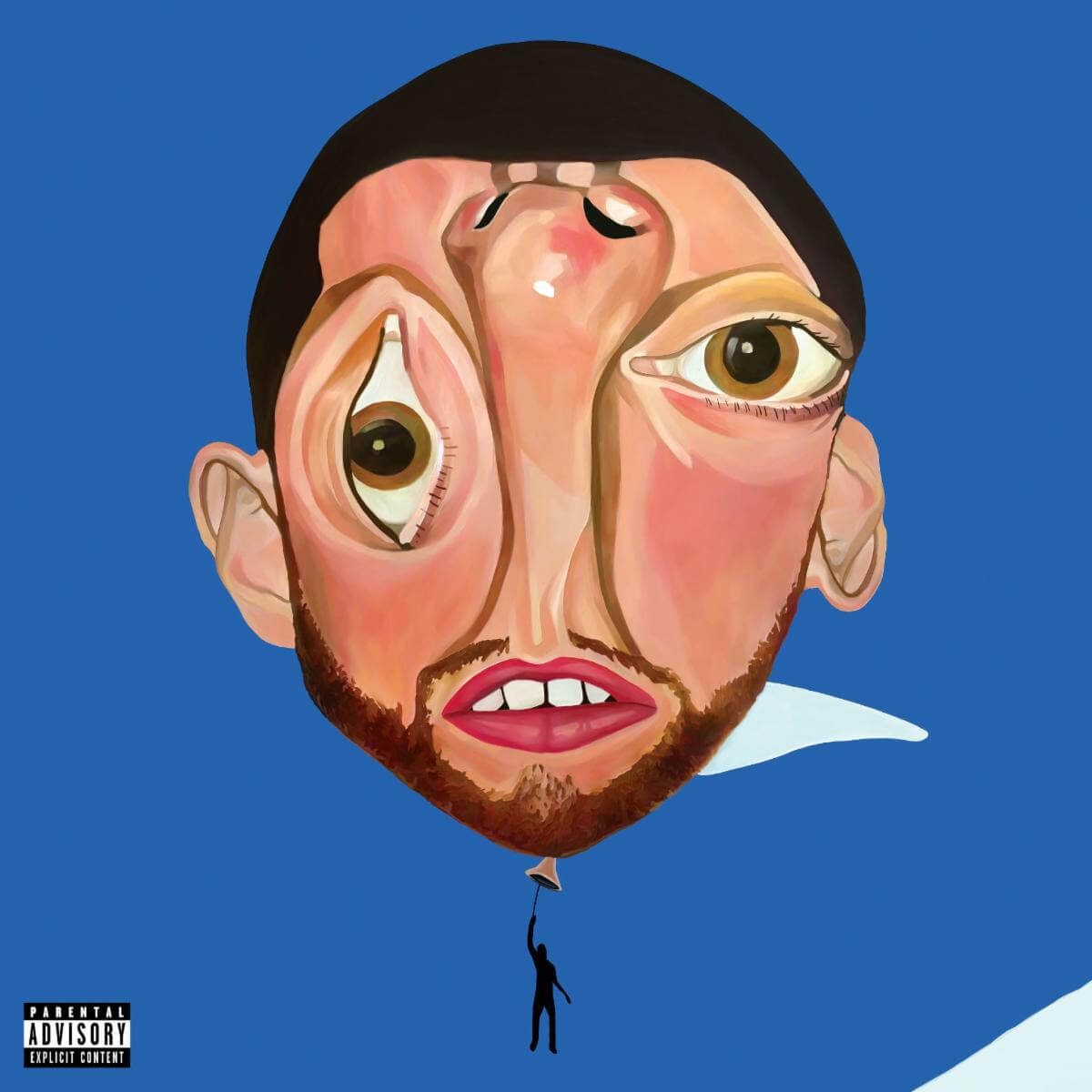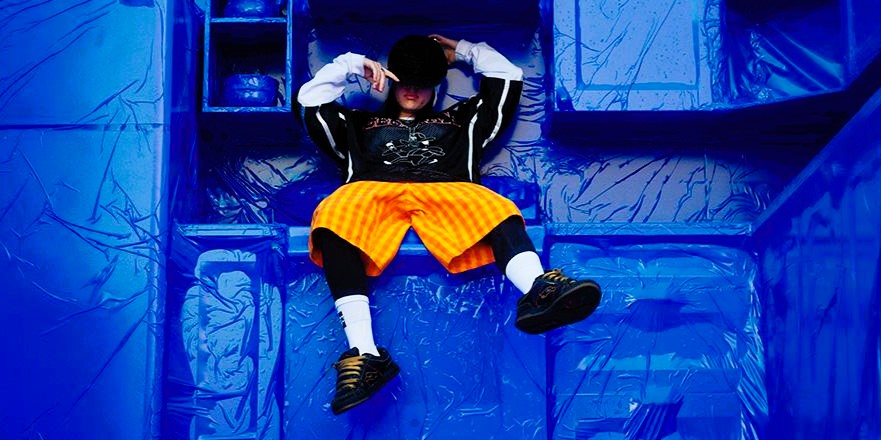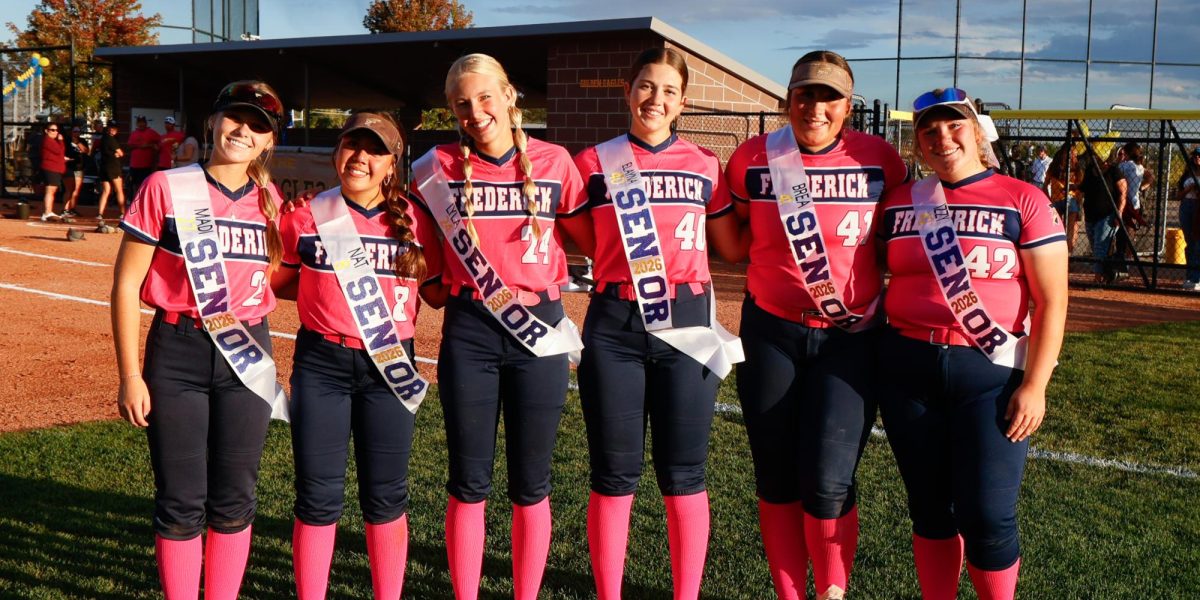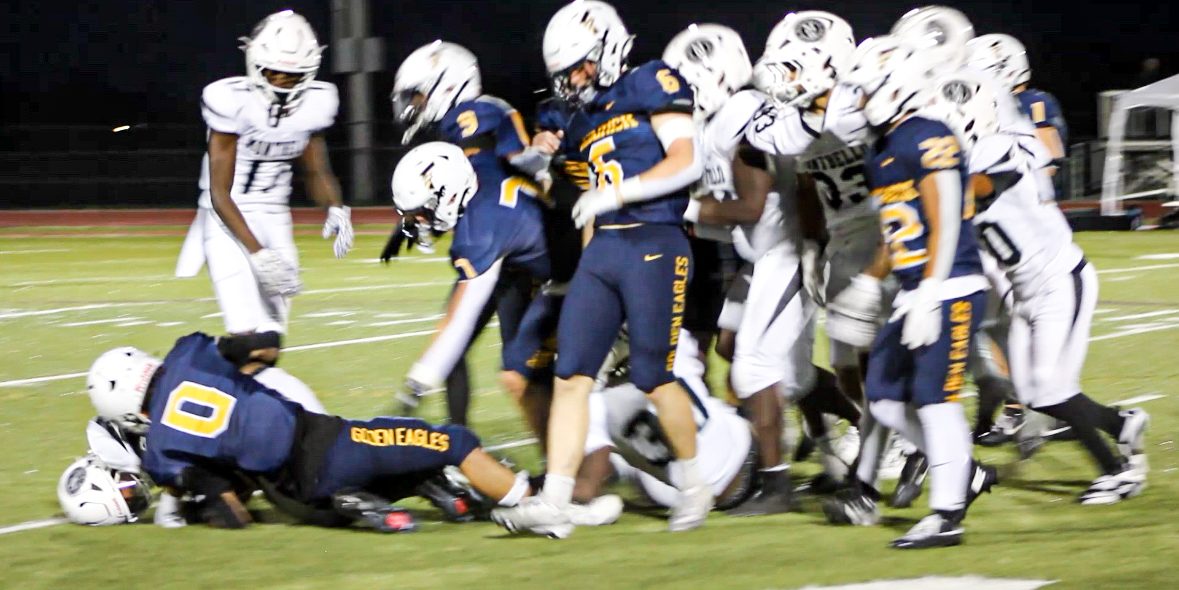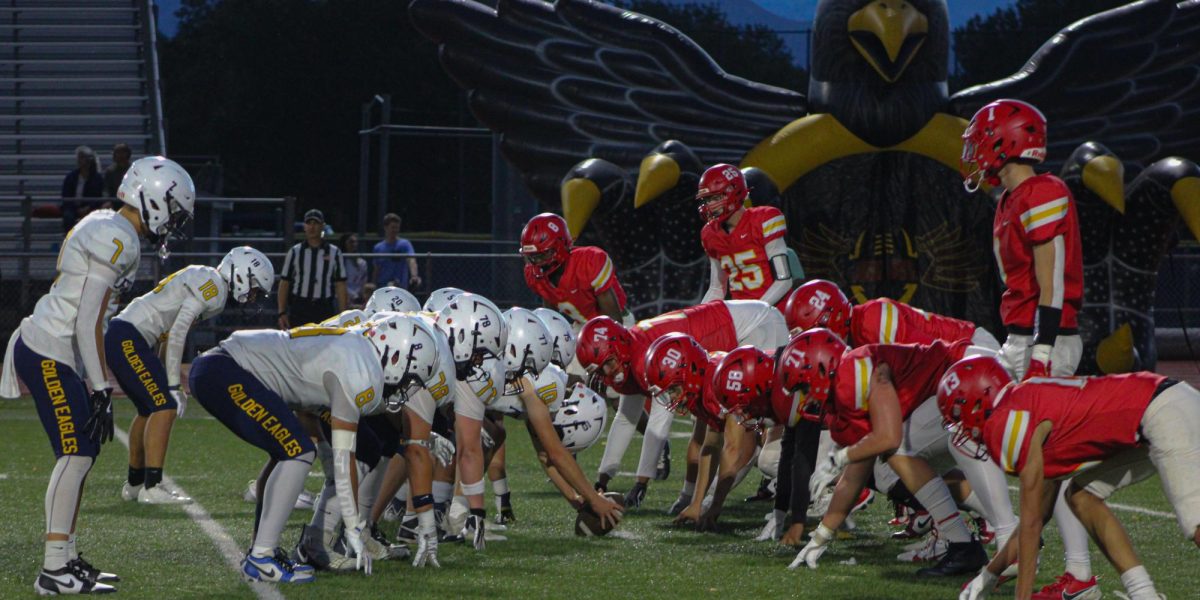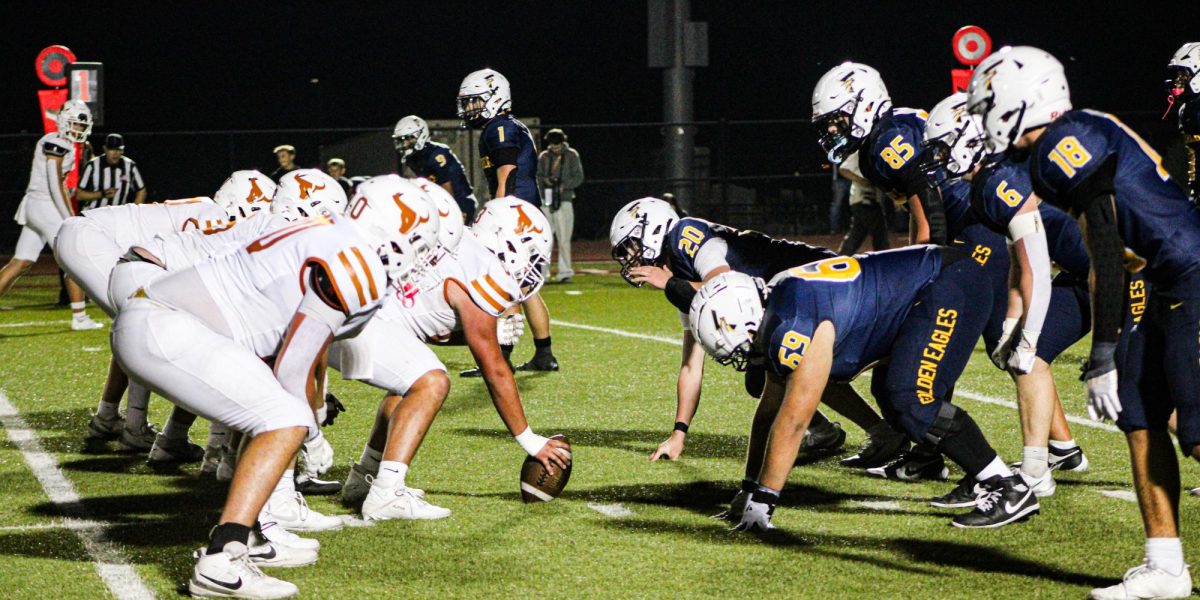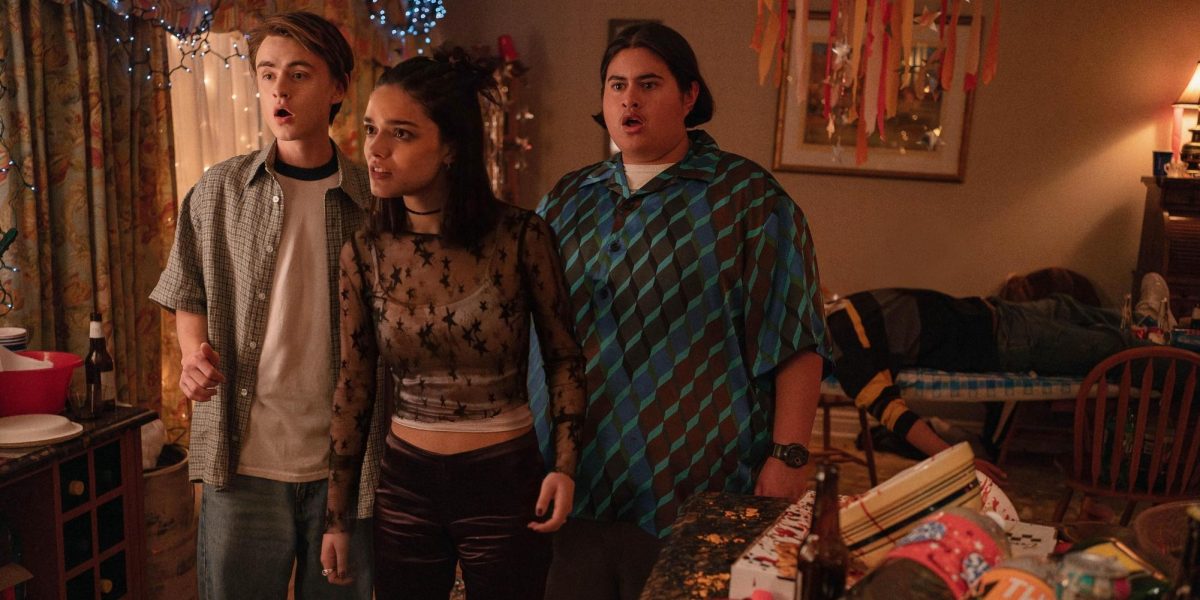
The following review is for a film rated R by the MPA. The film contains excessive profanity and violence, blood and visceral gore, teenage drug and alcohol use, partial female nudity, and implied sexual acts.
Holidays and horror go together like advanced calculus homework and tears (and yes, this is my way of seeing if anyone in our math department reads these articles). Every holiday from Mother’s Day to Juneteenth to President’s Day to Arbor Day hosts at least one horror film, and while Halloween holds the crown for most-common horror setting, second place goes to the end of December. This year, both Terrifier 3 and Nosferatu represent the Christmas season well (and Carnage for Christmas not-as-well), and two films celebrate New Year’s Eve: The Substance and Y2K.
As the only person on the Lantern staff old enough to remember the actual Y2K, I was tasked with reviewing this teen horror comedy by former Saturday Night Live cast member Kyle Mooney. While Mooney has been a writer for movies and TV for over a decade, Y2K is Mooney’s first film as a director, and unfortunately it shows. Y2K (which is now available for streaming) is a fun way to spend 90 minutes, but its outdated humor and plot problems keep the film far from essential viewing.
For those reading who are too young to remember JNCO jeans, TGIF, and SNICK, Y2K was a computer bug resulting from older computer systems encoding years as two digits and not four (’87 vs. 1987). As December ’99 approached, engineers worried that these systems would read ’00 as 1000 or 1900 instead of 2000, which, for reasons I still don’t understand, would cause the end of civilization. Worldwide, governments and businesses spent $600 billion (40,000 times the cost of Mooney’s Y2K) on making sure that planes didn’t fall out of the sky and America and Russia didn’t accidentally nuke each other after midnight on December 31.
Mooney’s logline for his film is simple: What if the Y2K bug did end the world?
His film starts like most teen comedies in the vein of Superbad and Can’t Hardly Wait: at the urging of his goofy best friend, the unpopular boy forces himself to go to a party so he can finally tell the popular girl he’s crushing on how he really feels. In this film, Jaeden Martell plays unpopular boy Eli, Julian Dennison plays goofy friend Danny, and Rachel Zegler (the internet’s favorite person) plays popular girl Laura.
The teens all gather at a New Year’s party hosted by the school bully Chad, and despite the fact that Chad hates him and is trying to pick up a recently single Laura, Eli plans to save the party with the greatest party mix CD ever, which he burned earlier that day. Predictably, at the stroke of midnight, the Y2K bug infects all technology and starts a war against humanity. The rest of the film sees Eli, Laura, and a bunch of their friends try to destroy all the machines.
And I mean all the machines, as everything that can plug in or run off a battery becomes a fatal foe. Not just computer systems or machines controlled by computer systems like planes and missiles. The ceiling fan gets up a kill. So does a CD player. So does a dishwasher.
This is where the movie lost me. In 2024, all of these things might possibly be smart devices connected to the internet (as well as toothbrushes, water bottles, sunglasses, forks, and dogs), but this makes no sense for a movie set in 1999. This isn’t to say the film needed to be realistic: the real Y2K bug would just have confused and shut down machines, so the “let’s kill all the fleshbags” ethos gives the writers a lot more to work with. The issue is that evil machine attacks don’t make any sense, and the film treats itself as a modern Maximum Overdrive (and no film wants to be Maximum Overdrive).
What is really frustrating is that the movie ignores this major plot hole while going out of its way to explain why machines are trying to kill all the humans. It’s hammered home that the climax of the film is happening at the high school because it just had DSL internet installed. Characters discuss methods of disabling the rogue tech by cutting off its power source or creating physical barriers. The villain, the Y2K bug itself in the sentient form of a blocky gold Nintendo-64 graphic, delievers an entire monologue explaining how humans must be enslaved by machines so they can survive. But on how the internet bug possesses items with no possible connection to the internet? Nothing.
The film maddeningly even introduces a solution to my complaint but underuses it. Actual computerized devices (as opposed to a dishwasher) use electricity surges to physically move their wires so they can grab and integrate other non-computerized devices. These resulting amalgamations turn into both killer robots and the most interesting part of the film, as it’s fun to try to guess what each different robot is made of and how it will kill the humans it encounters. For example, there’s a Tamogachi/webcam combo riding a skateboard and using a K’Nex arm to wield a power drill. Still, the prescence of these mechanized monsters make the killer appliances look even more absurd.

If K-Nex and Tamogachi don’t ring a bell, they are but two of dozens of late ’90s references shoehorned into the film. This made me very ambivalent toward the film, as this is the first time I’ve watched a film that directs its weaponized nostalgia at me. I was 12 when the Y turned to 2K, just a couple of years younger than the characters in the film.
With this attempt to put my childhood on screen, I suddenly understood why my Gen-X friends swooned over Stranger Things, It, and Bumblebee. There’s a fun little jolt of endorphans when seeing a forgotten trend or object pop up. Watching Eli chat with Laura on AIM, Daniel fight a killer robot using Billy Blanks-style Tae Bo, and a character using a rainstick as a weapon all brought a smile to face.
However, many of these references missed the mark, and many seemed to be inserted just for the sake of reference. That ’70s Show was popular, but not “Kelso is my guiding light” popular until fall 2000. Cisqo’s “Thong Song” was a party staple, but no one was singing all the words to it on December 31, 1999 (the day it debuted). Some teens playing Edward 40-Hands stuck out like a sore thumb, as that was a mid-2000s trend. And no one, no matter how inebriated, would ever fight someone using devil sticks.
Despite these awkward and anachronistic throwbacks, the film didn’t at all feel like the ’90s but was very modern. The party that the teens attend starts with a long shot that moves from room to room and features all the different cliques of the school along with an apropos radio hit: Mandy Moore’s “Candy” for the popular set, Korn’s “Freak on a Leash” for the nu metal punks, “93 Til Infinity” by Souls of Mischief for the cool rap kids, ATB’s EBM hit “9 PM” for the ravers, and the most embarassing fad of all, “Switchblade 327” by The Brian Setzer Orchestra for the swing revivalist dorks.
The thing is, these groups would not be together at the same party in 1999—social hierarchies were strictly defined and separated back then. While tolerance and multicultualism did increade in the ’90s, it was still a mean time–a lot meaner than depicted in the film. A self-described unpopular guy would not get an entire crowd to cheer him on as he sings and dances. A character mentions that they are questioning their sexuality without anyone targeting them for it. Even the bullies are tame, not drawing blood or mocking characters for their weight or appearance. While I’m not saying I want a film full of slurs and bashing, the softened edges made the characters feel too modern.
This wouldn’t be a huge issue if lack of inclusivity wasn’t the major conflict of the film (well, second after the killer machines). All the character development around nerdy Eli, secret coding whiz Laura, and nonbinary outcast Ash revolves around how they don’t feel accepted for who they are and that the fall of society and its social cliques allows them to find themselves. Even music snob CJ evolves as a character when he learns to abandon his pretention and embrace the music Warped Tour mainstay Fred Durst.
These character evolutions would be excellent if at any point in the film the characters felt confined by their groups and limited in their agency. The Gen-Z-esque inclusivity demonstrated by the characters directly contradicts their own plot arcs. You can’t tear down the walls if the walls are already knocked flat.
Even with these tonal and logical issues, the film could be a great comedy horror if it had solid comedy or solid horror, but it lacks on both these fronts. The first third of the film before the world ends evokes a now-forgotten subgenre: the stoner comedy, defined by characters (usually underage and almost always male) going on a wild journey in pursuit of illegal substances. This formula worked well for Cheech and Chong in the ’70s, the Waynes Brothers in the ’90s, and Harold and Kumar in the ’00s, but this brand of comedy feels dated in the era of legalization and wellness influencers.
Yes, the film is set in the ’90s, but it needs to entertain today’s audience. Other nostalgia-centric comedies figured out how to create a period piece using modern humor, so it’s not imporssible. The horror is better than the comedy with some great moments of gore, but the film doesn’t take the time to build suspense and dispatches characters without any buildup.
The plot, tone, jokes, and scares all fall short in Y2K. And yet…
Despite my many issues with the film, I really enjoyed Y2K, and a lot of it came down to the performances. Julian Dennison is a delight as Eli’s portly Kiwi friend Denny and exudes a natural charisma in every scene. He’s easily the funniest character, and the only bad thing that can be said about his performance is that it suffers from the Mercutio problem: he’s so likable and entertaining that he should be the main character. The film feels lacking when Dennison is offscreen, and he makes the other characters not as enjoyable by comparison.
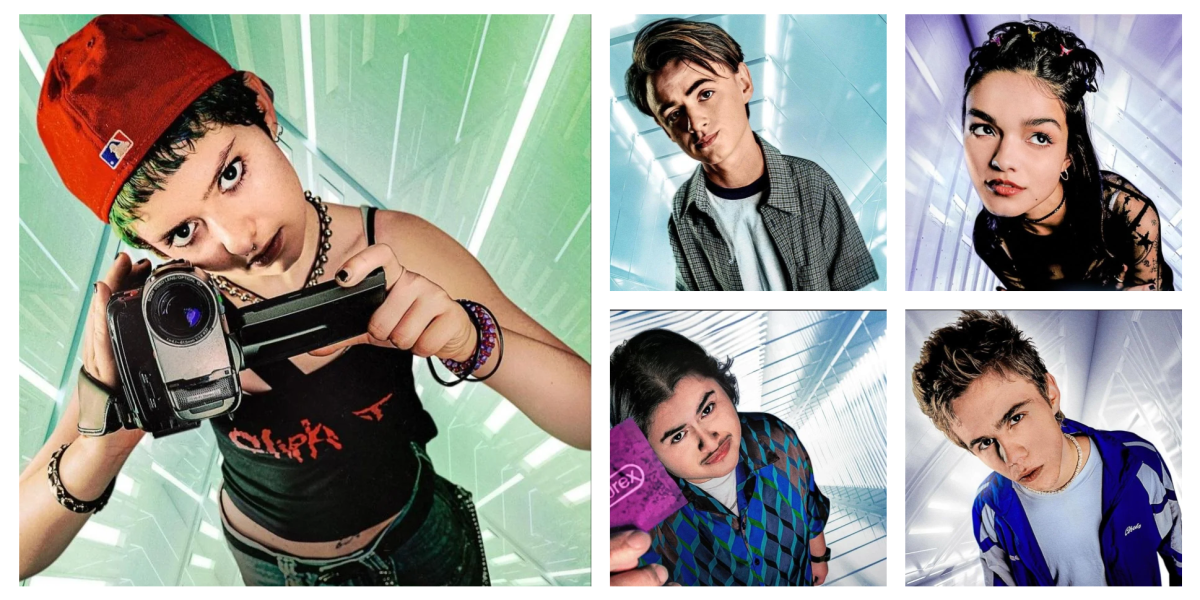
Rachel Zegler is also great as Laura despite being the most underwritten character. She charms and fully engages in every scene, as good in this little role as she was in Songbirds and Snakes and West Side Story. Lachlan Watson also pulls off a phenomenal performance as Ash. They ground the movie with their realistic depiction of pain and confusion but still manage to break the trope of “sullen struggling non-cis teen” with moments of uplifting excitement and joy. CJ’s actor Daniel Zolghadri, who has the fourth-most screen time, nails the tone of the disaffected hipster while in his Gregg Alexander cosplay, and I genuinely laughed at almost every line he said.
Even the minor characters shine in the film. Mason Gooding, who is quickly becoming one of horror’s go-to young actors, is brilliant as Laura’s cool, smart, kind, athletic, and understanding ex-boyfriend. The audience instantly gets why Eli hates him though we cannot bring ourselves to feel the same way. The Kid Laroi is surprisingly effective as Soccer Chris, one of Eli’s bullies and host of the New Year’s party. His pitch-perfect performance is world’s better than anything that’s come out of his singing career.
The adult characters (which feels strange to say when all the stars are over 18) are also great. Tim Heidecker and Alicia Silverstone as Eli’s parents are a great comedic duo, and I’m glad both have been getting a career resurgence over the past couple of years. Director Kyle Mooney also steals every scene he’s in as constantly high video store clerk Garrett.
There are only two performances that were just okay. One was Jaeden Martell as Eli, and his character here suffers from the same issues I saw when he played Bill in It: he doesn’t stand out or do anything really memorable when surrounded by more interesting characters. When he plays villains, like in Knives Out and The Lodge, he’s more engaging because he doesn’t have to shoulder the weight of the whole narrative. But as a leading man? Not so much.
The other subpar performance is a celebrity from the ’90s brought into the third act as a deus ex machina, and while I don’t have any problem with their acting (in fact, I’ve enjoyed every part they’ve played in their recent acting carrer), they take on the role of the wise and sagacious mentor, which was not at all what they were like in 1999. This character’s inclusion makes enough sense for a bonkers horror comedy, but their depiction breaks the authenticity of the piece.
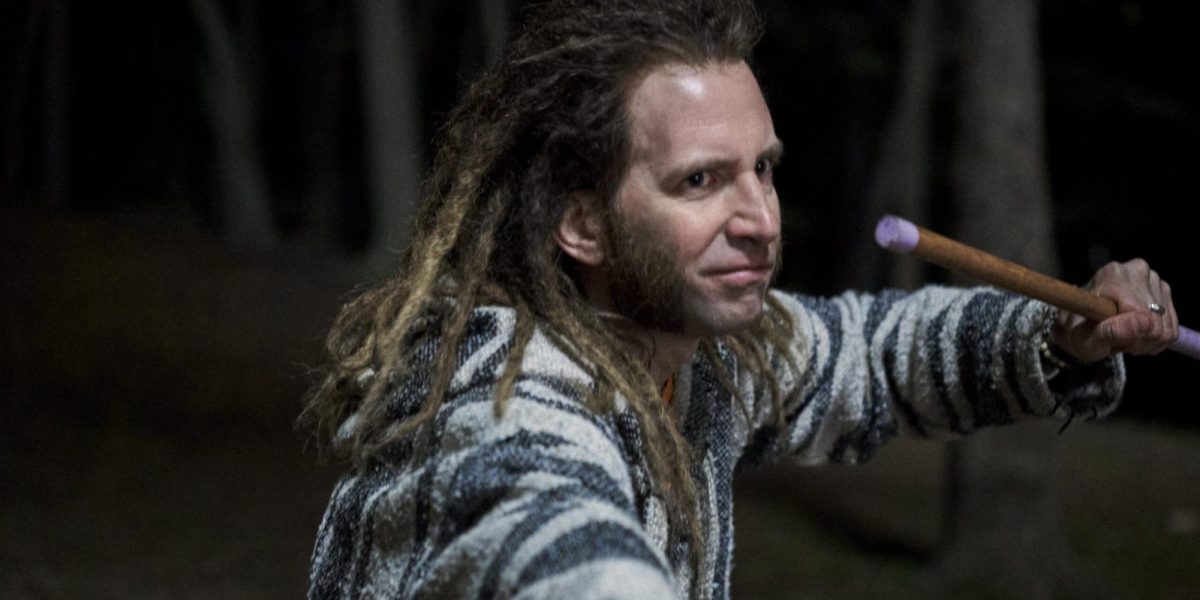
While the script (written by director Mooney) has plenty of issues as well, it still manages to set itself apart from the average comedy horror schlock. Characters that would survive until the end in any other paint-by-numbers horror film die quickly and unexpectedly, so the viewers never feel that anyone is truly safe. Mooney constantly surprises by avoiding the traditional route whenever possible, and while some choices don’t really work out, it nevertheless keeps the film feeling fresh (e.g., there’s a “first kiss moment” that is a teen movie staple that gets turned on its head in the most wonderfully awful way).
Additionally, the dialogue is believable even when the situations aren’t, and Mooney takes his time to flesh out the key relationships. These scenes slow the film down and contribute to its pacing problems, but the rest of the film should be taking its cues from these strong scenes–I’d love to see an extended two hour cut that explores the action with the same depth as the character scenes.
Overall, Y2K is just fine and is a strong yet uneven first film for Mooney. Most directors produce a flawed first effort, but Mooney gets enough right that I’m interested to see what he does next as he hones his craft. The movie is fun if a little cheesy, thought-provoking if a little nonsensical, and memorable if not a little muddled in tone.
If it isn’t clear from the 2,500+ words I’ve already said, there is a gap between what this movie could and should have been and what it is, a gap that I have no doubt Mooney will close with more experience so long as he keeps working with such a high-quality stable of actors. This isn’t a must-see film, but teens will enjoy the characters and cheap thrills while thirty-somethings like me will appreciate the dose of nostalgia and moments of clever writing.

